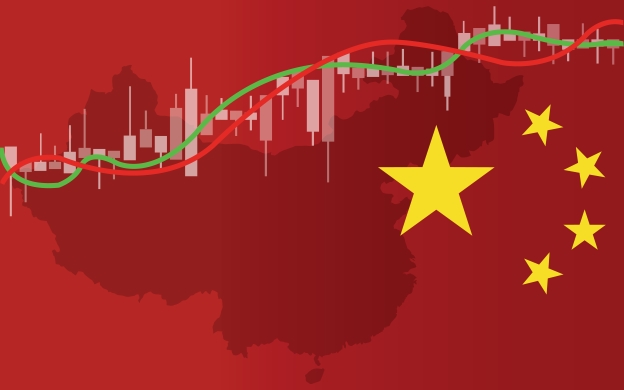
Key takeaways from the 2020 H2 Asia CFOs’ Peer Group meeting sponsored by Standard Chartered.
By Joseph Neu
2019 as the 2021 baseline. China has been the economy to bounce back soonest from Covid-19 and is up substantially in H2.
- Standard Chartered is forecasting 2020 GDP growth of +2.1% for China. Meanwhile, many of our member CFOs for greater China are hopeful that they will get back to flat for the year since some have had stellar Q3s and good Q4 outlooks, which makes 2019 essentially the planning baseline for 2021 growth.
- With vaccines on the near horizon, how many other businesses will plan for growth using the 2019 baseline? I hope it will be most all of them, so the rest of the world can catch up to China in terms of economic recovery from Covid-19. But is this realistic? This is the key question for CFOs everywhere.
US-China relations driven by fundamentals. Standard Chartered’s perspective suggests that the economic growth of China and the trendline to overtake the US as the largest global economy is driving US-China tensions.
- With China on pace to surpass the US by 2030 to 2035, no change in the Oval Office is likely to reduce tensions dramatically. What will change is the degree to which the tensions are managed on a multilateral vs. unilateral or bilateral basis.
How now for China’s digitalization advantage? CFOs of large Western corporates in China have been leading in adopting digital tools including RPA, algos and AI to bring digitalization to finance functions. This follows the more advanced digitalization trends that China has seen in consumer payment and retail models.
- What then should we make of member frustration with the advancement in the digitalization of planning forecasting? Bots and AI have done a great job with processing, reporting and displaying data as well as overlaying controls effectively and efficiently on financial and business data.
- Progress seems to be plateauing in predicting and forecasting. As a result, several members reported pausing projects to improve planning and forecasting with new digital technology and going back to the traditional budget and planning methods with humans. Watch this space.


